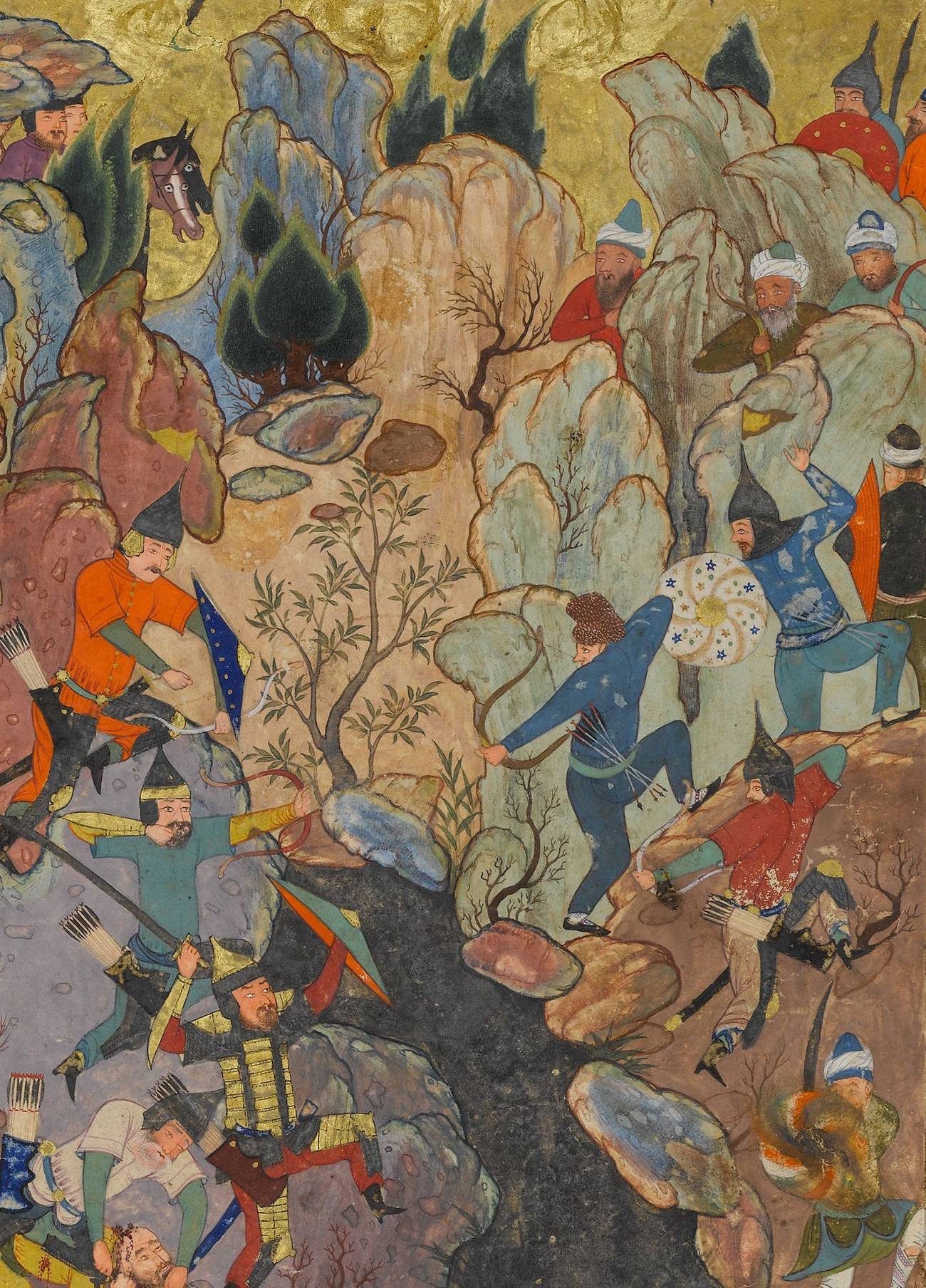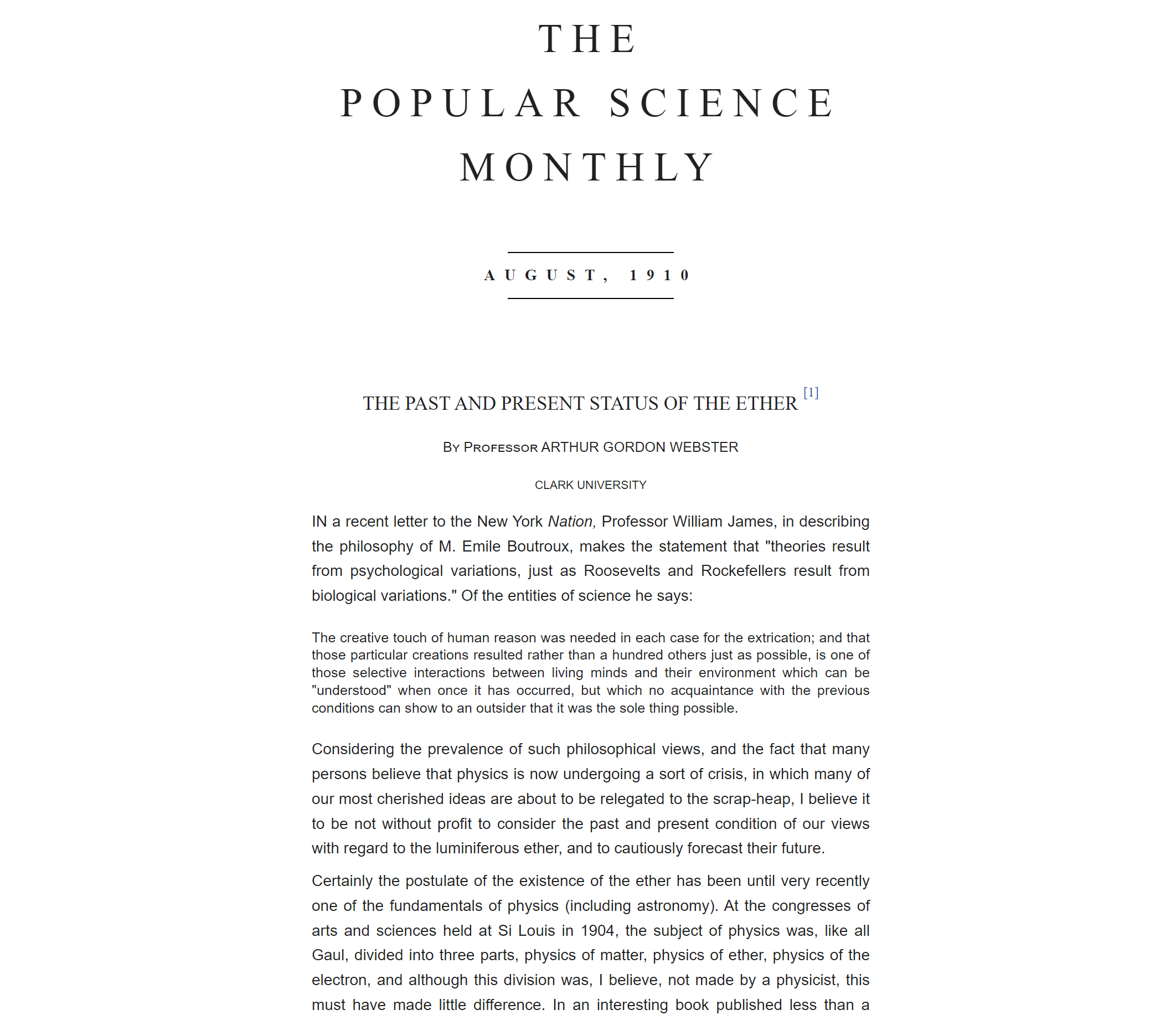Hello, humans. Hello, humans. April 28. It's like probably 830 or maybe quarter to nine or something. Out working in yard with the doggos again.
Doing a bit of stuff here with some brush. Got to expose some areas and then come back in with the tractor and do the heavy lifting crap. It anyway, I had one set of things I wanted to talk about which involve fluids and liquids, but we're not going to talk about those because there was an article on the Veterans Today site from yesterday, I guess. No, we're not going in there, guy about Gazerian Mafia. And so I wanted to discuss that for a second.
Before I get into it, though, let me say, yes, it was melanin. I meant to say not melatonin, but all the way through into the drive into town, I'd been discussing the Pure Sleep formula and the problems with melatonin. It just stuck in my mind, couldn't get it out. But, yes, I meant melanin in the true fats discussion. And here's the thing, guys.
Yes, coconut oil and avocado oil are not destroyed until about 300 degrees, sonograde. But here's the thing.
They have an extra set of bonds. They're more like fats than the other oils. They still convert. It's a question of reaching a threshold. So that's why I was saying you can't have any of these omega six dominant oils because any of them over a certain percent, once they trigger your body, it doesn't matter if it's 100% converted to fatty acids or just enough to trigger the threshold effect.
And that's the problem. That's why you have to go cold turkey on it, so to speak, and 100% off, because there is this threshold effect, and when your body recognizes that, it flips it into this different kind of processing, and that's what you're trying to avoid. All right? And of course, too, you're being polluted by all the fatty acids and the problems from the oils and so on. And yes, avocado oil and olive oil are better for you than the other oils, coconut as well, being closer to fats with the exception of the olive oil.
But it's that threshold issue that you're trying to avoid. But at the end of a year or two after you've gotten your weight loss down and you've kicked your body into the appropriate ratio of omega three to omega six, there's no reason you can't go back to small amounts of exposure to it for particular foods. You'll see how it affects your body, et cetera. Anyway, so correcting the melanin melatonin mistake and then getting the idea crossed when they say these oils are affected at this temperature. They mean when there's basically 100% of them have been affected, you can't wait around and expose yourself to 100% being affected into trans fatty acids because even a small amount can cause big problems by causing your body to react.
So anyway, so that was that. Now, come on, guys. Get out of there. Come on, Dougl.
The Gazerian Mafia article is interesting for a couple of different reasons. It has a number of interesting errors in it that might be quite deliberate. I don't know. So I'm not going to go into those. They may very well be comms of a form, but nonetheless, there are errors in the article grammatically and in its formatting.
So just to be advised. Now, some of the things that are talked about there are basically the old Reagan idea that humanity is being attacked by space aliens and that we're being attacked by space aliens that are using forms of weapons that we can't defend against. At least some major portion of the population can't defend against these psychological weapons, right? And they're susceptible and that the attacks are surreptitious in the sense that those people that are affected by them don't even know they're happening. And they dispute that they're happening when you bring it to their attention.
And so goofy situation, right? Very much like a science fiction movie. They live, they're infiltrating, secretly taking over government, all of this kind of stuff, converting the humans, basically to the evil space alien ends. And that's the idea coming across within this article. It has some shit going to, like Corey Good bogus, crap, Space Force kind of stuff.
But a lot of that has an underlying level of truth, although not the way the Grifters are portraying, right? Like Corey and his bogus shit on Gaia TV. Yeah, let him sue me again. Beat him once. I'll beat him again.
Anyway, so the writer of the article on the veterans Today has brought up some interesting points for the normies. How are they going to get their heads wrapped around the idea? Well, one of the things that he does point out, which is a persistent and pretty consistent rumor, and that is that the Space Force, the secret space program that supposedly exists, is trying to weaponize humanity to the point that we can fight the evil space aliens. And their thing is that when we do so, when we have achieved parity weapons, parity with the evil space aliens, they will reveal that they exist and we'll all go into supposedly into like major war mode and fight the malevolent space aliens that are trying to consume us all.
That's the operational conspiracy line that this is actually occurring. Something like that may be occurring. I don't know that it's going to be that delineated.
Hang on a second. Oh, there it is. Okay, but that's where we're at now, and it's starting to come out right. And so what the article is alluding to are the remnants of the homo capensis, all right? The cone heads.
So some people think and we don't know any of this. A lot of this is speculation, so we're just spitballing it, right? Speculating on things. And I'm with a group that has certain views on this because we've really analyzed it and talked about it and researched it for better part of a year together. Jeez, longer than that even.
Anyway, I'm of the opinion, as is most of this group, that homo capensis is part of the GMO business of the space aliens. We can get into the details at some other point, but these cone heads were created from the DNA of the space aliens, the guys that they call Anunaki or that sort of thing. And that the cone heads, to a certain extent are natives, right? They only exist here because they're a hybrid human and space alien creature.
Anyway, and these guys were put in charge of us. And that their cone head itself gives them not only greater brain power in terms of cogitation and mentition, but there's some suggestions that it gives them, like, if you will, a psychic or edge, right? They can make your mind do what or some people, they can make their minds do what the cone head wants, so they have some level of effective control over human minds. Plus, these guys are indeed masters of psychological warfare. There's no question about that.
And there's also the whole component of superior weapons technology.
Yes. Thank you, puppy.
He is helping out. He is ready to bite it for me.
Anyway, so the emergence of the cone heads on the scene is just part of the process of getting us to the true nature of the war we're involved in and the the extraterrestrial component of it, which whatever that may be in terms of reality. And it'll be a number of years before we ever figure it out simply because of what we got to go through in the revealing process to get to that point where we can even discuss it openly without all of the bullshit intruding. Go ahead.
But I thought it was interesting that they brought it up in veterans today. We're getting to some deep woo there.
Come on, get out of there. Get out of there. Come on, get out of there. I don't want him falling off that cliff. Come on, get out of there.
Move. Come.
You got yourself in there. Okay them. Okay, I'm back. Sorry about that. Had to take the big dog in.
He only works a little half shift in the morning. He's an older guy, retired smart, unlike me.
Anyway, so here we are. We've got the battle versus the bug, the space aliens breaking out into the open in the form of some of these articles.
And we've got people like other people that are involving the whole space alien thing in our current battles right now. I haven't heard it. Bick Sweer was a little bit ticked off at Dick Algae for defeatist talk on a Jeff Rent interview. So I'm talking about personalities here. But nonetheless, it's valid to talk about personalities that are sowing defeatism, right?
Because this is a species level thing. So we're battling the Khazarian mafia, but these fuckers ain't human. The Khazarian mafia, the Rockefellers, go look at the whole Rockefeller lineage, go and find photos of these people. They're all cone heads, right? And so this is the world we're in.
We're in that level of an inter species fight, even though it's here on Earth.
I'm stopping for a few minutes to have some coffee, consider what's up next. Anyway, the, the nature of the fight is that it's severe, taxing, challenging, but we're going to win. We've been battling these guys for, let me think, at least 800 years, if not longer, but for like 6000 years we've been fighting the control of the cone heads. In their current iteration, it's like 800 plus years. The cone heads are a hybrid species, but this hybridization does not breed true.
They created cone. All right, so it gets really complicated. A bunch of us bastards, old guys have come to some conclusions based on our research and I'm just going to give you the conclusions and not get into all the research because I don't have the time. I got to get around to getting the pressure washer out and getting the house done before I do my tractor work. The tractor work is kind of like my reward.
It's fun to sit on my ass and lift heavy stuff without actually having to use my own damn muscles. Anyway, so the conclusions are that the space aliens, when they created the cone heads, did so in such a manner that they are self eliminating. So you can find Conehead skulls all around the planet, right? But because the Coneheads were created as this intermediate class between the space aliens and ourselves and it was the far distant ancestors of the Khazarian mafia, of the Coneheads descendant from the Rockefeller line and the others, all the Coneheads. But it was the far distant ancestors of these guys that were the archangels because those were a hybridized species.
That's an immediate thing. Anyway. So the current cone heads that are on the planet are not breeding true. It apparently at some point and we don't know, we don't know history. Again, these are conclusions based on scant evidence and speculation and stuff.
But the conclusion is that either the Conehead breeding females, something happened to them, okay? We don't know what happened to them. There's speculation, there's fights in my group about the various different reasons that this could have come about. But apparently they were unable to produce cone head females. And we think that this occurred like some, sometime in the 15 hundreds maybe.
And it's coincident maybe very early 15 hundreds, like 15 one or 15 two, something like that. We think that was the time the last of the female cone heads was born. These cone heads have long lives and so they don't breed as rapidly as humans. They are not as driven by reproductive urges as humans. They consider us to be primitive that way.
These are the Saintness, though these are the adrenochrome drinkers. They drink the blood of humans because they don't consider themselves to be human. And so it's like the Maasai or the other tribes in Africa that will take cow blood. Right. Anyway, though the cone heads didn't breed true, there was some level of failure in the genetics.
They finally got to the point where the last of the breeding females died, and thereafter they had to interbreed as best they could with humans. This is where we see the great reduction in the diversity of the number of conehead families or groups around on the planet. Try a pause again here. Let's see if that works.
We were recording? Yes. Okay, so sitting out here and getting some sun and having some coffee before getting that back to work. Come on, dog.
Anyway, the cone heads reduced in number very dramatically, but there were a couple of the lines within the conehead groups that were able to interbreed with humans successfully. But over time, those elements that made them the cone heads were much reduced. So each and every generation of the Rockefellers has reduced the size of the conical part of their head, as well as this particular I don't want to say appendage because it's part of the brain, but this other particular part of the brain in the rear of the of the cone has gotten smaller over time. And so it's just being bred out of existence, right? And so maybe two or three more generations, they won't have any of these powers at all and will not even be cone head.
Like, there's even Rockefeller lines now that show very, very little of the pronounced brow formation and other skull areas or skull definition things that we can use to define them as cone heads. But they are in that lineage and have just enough that if you really look at it, you can see it. There's this guy that's in our group, he likes to take the photos and he does things with the photos relative to other forms of light, pink and purple light and different kinds of shading that will show you that will allow features in the skull to be visible. Anyway, so the cone heads are being slowly bred out of existence. We think that they think that their space alien masters are coming back, which is why they've accelerated everything in terms of their great war against humanity, trying to get us back down to the numbers they've been told.
Yada. Yada. Yada. And so we find ourselves at this point of the war. My bitch at the moment is with Dick Algae and I'm on the side of dick's Weir.
We don't need any defeatism. All this shit is hard enough to do, and the war and the battle is hard enough to do without getting into this mindset that they're going to completely overtake us. We've got nothing we can do about it. We can't win their superior beings. Yada.
Yada yada, none of which is true, all of which is an illusion that they've sold to us. They deal in control via mental powers and the inculcating of fear in their victims, right? And so they paralyze you with fear, so to speak, so they can then strike and dick Allgyer he isn't helping. And also dick algae is not healthy, okay? This is pertinent.
He's a vegetarian, more or less eats seafood, I understand, but it's basically a vegetarian, eats seed oils. He's not very healthy. He's had health issues, especially recently.
Yet he does not acknowledge that his own state of mental health physical health, of course, causing the mental health. But his own state of physical and mental health is going to affect his ability to do remote viewing and will taint whatever he gets in the way of that remote viewing because of the condition of his mind at the time that he's doing that. So he's never in a happy, jolly mood and so he's not ever going to get a positive outcome on his remote viewing. It'll always end up being, in my opinion, this very defeatist, negative kind of crap that he's been putting out for a few years.
I think that shit really screws with your accuracy. So under these conditions, it's not like I put a great deal of stock in his remote viewing of these past few years. Prior to that, he was pretty good. But he's with a group now that's also very defeatist. And I'm not saying that they're with the enemy or anything, but here's our problem, guys, is that the enemy comes on in and can control a lot of people mentally.
And there's no way, you know, and so you don't know if their defeatism is because it's an organic originating organically with them or if it's been put in their mind by their enemy. There is apparently provably some significant level. Let's say 15% to 30% of the population. That shades from really hardcore fuck. You all ain't going to do that shit.
And you can't mess with my mind down to mostly I'm going to resist you. And oh, I'll hang out with these guys that are hardcore and then I'll resist you 100%. So maybe a third of humanity is to some degree resistant to these mind control effects.
That's a whole nother nine hour discussion as to how that occurs, why that occurs, all of this kind of thing. But it does occur. We've demonstrated it with COVID and now we're demonstrating it with the war. But yet we do have to encounter the other 70% of the population that is susceptible for whatever reasons. And we don't know, we haven't explored that and blah, blah, blah.
But nonetheless, it is also factual that the cone heads and their plot have injected this other 70%. So who knows how long they will be in a position to actually be in the fight.
And also they are provably susceptible to whatever level of mental influence is put on them by the cone heads, the Homo capensus, the Intermediaries. Get out of there. Come on. Get out of there. Do it.
Stupid dogs.
Anyway, I think it's his health. I think that the remote viewing is tainted by that and affected by that and affected by the defeatism. So I'm not paying any attention to it. But we need to be aware of it, that it's out there, and to acknowledge it. Right?
So there's a lot of guys that have this very defeatist attitude about things, and I don't pay any attention to them at all, deliberately don't listen to them, because I don't want to receive that message. Part of this, the whole process, as we see with, like, the trans stuff, is that it's Munchausens by proxy, put on you by language and image. So you need to control those people you listen to and the images that you see, because those are all affecting your minds, your mind and the enemy here, the Khazarian Mafia, the cone heads, et cetera, the Rockefellers and their ilk are very good at controlling your mind with images, linguistic or graphic. And that's part of the nature of our war that we're in. So it all begins with self control.
If you get yourself right, then you are less and less there's less and less potential for you to be susceptible to what they're putting out. And so maybe a big portion of what they're putting out, negative emotions, or however they do this, in terms of their propagation of all of this, maybe a big portion of that is controlled by diet. I've been investigating and Chat GPT gives me shit about this. It's so woke, it's terrible. I've been trying to investigate for our group all of the various dietary prohibitions put on humanity by the various groups of gods.
Okay, so the L came down and conquered the Essenes in Yemen, in the boot of Saudi Arabia, drove them north along the Red Sea, and then over into what we call Judea. The L were space aliens. They put tons of prohibitions on these people as to what they could and could not eat. It is my contention, and because I brought this contention up, I have to do the research to falsify it. But it's my contention that these prohibitions were mind controlled.
They were to create a specific set of mental constraints in which the L and the Coneheads could operate in controlling the population of the Essenes. And these people were never in Egypt. They never did anything in there. And in spite of every one of the claims. And you get Jews that say, where can we find historical evidence for the Exodus?
And you can't, because you're looking from Egypt over towards the Red Sea. If you look from the Buddha of Saudi Arabia and head north to Judea, which is where the Exodus derives from, you can find evidence all the fuck along that coastline, that these people were driven north there, and it was a horrific forest march kind of conditions, right? So it has very much a lot of the drama of Exodus, but it didn't happen in Egypt. And then it all comes down to the simple linguistics. So are all Jews blind in that time?
It's my contention that either all Jews were blind in that time, or one of them would have mentioned the fucking pyramids, right, in the Bible. So it's not mentioned in there at all. You would think something like that size. Oh, geez, look at that. Funny building.
Guys. Maybe we should note this, especially since a lot of the Jews claim that they were the slaves that built it. And the Jews are compulsive, at least in the Torah, compulsive in their record keeping, which I admire, all right? But nonetheless, it really begs the question, if the Jews were involved in building the pyramids, why aren't there any discussions of it anywhere in any degree, let alone the usual level of degree to the regular amount of quantification that they give to all aspects of being Jewish and so forth? So you just don't see it.
There's just no mention of it anywhere. I favor the Exodus along the southern edge of the Arabian Peninsula, along the Red Sea up into Judea as the most proximate or most reliable understanding of the situation we have now. Getting back to it, I'm investigating and having problems with Chat GPT about all this mind control stuff, but it's my contention that a lot of the dietary restrictions have been put on us by the gods were to create conditions that we could be mind controlled. Don't you knock me over or yes, good dogs. You go get it.
You go bite it. So anyway, so as I say, I still haven't done that. The Chat GPT has given me all kinds of grief because of its woke nature. Got to get it completed. But if I am correct in this supposition, then things like vegetarian diet were designed in a deletorious way for the human body, and we have to be aware of this.
And also, I occasionally have disputes with people because they say, I'm blah, blah, blah, spiritual, vegetarian, vegan, whatever. And I say, okay, where is there any correlation between spirituality and your spirit, which is something that is born to you, the anime, the electricity that makes your mind work and all of that? Where is there any connection in a positive way to vegetarian diet? It refines certain aspects of your spiritual qualities to do these kinds of things, but it is at a cost to your body and ultimately also at a cost to your spirit, which is maintained and supported by that body. And it's also not the way universe designed you, right?
Universe designed you to be a meat eater. That's how our digestion our teeth. Everything is designed universe. And also the space aliens we were just Gmoed. We were here.
They altered us, okay? They did not create us. Anyway.
So the diet itself can affect your ability to do things in a spiritual fashion in a negative way. If you are indeed attempting to do something spiritual by vegan or vegetarian diet, saying, oh, I'm not going to eat life, then that's bogus, too, because every acre of vegetarian grown cereals grown for the vegetarian diet kills more on more life on a per pound basis than that same acre used to grow beef for a carnivore diet. Okay. And that's because you have to kill so many animals and insects in order to effectively grow those grains to that level on that acre. So you have to poison insects above the ground, below the ground, in the air, all around, and you also kill all of this other wildlife, birds, rodents, squirrels, all different kinds of stuff.
But if you grow a cow on that same acre, you get more bioavailable nutrients out of the cow than will be produced by an acre of grain. Because bear in mind, grain is terrible in terms of bioavailability of nutrients for the human body down there, below 20% in most instances for almost any of the measures. And you have to kill all of the animals and stuff in order to grow that poor delivery vehicle, which is the grain. And the cow can live there happily with life forms in a biospheric kind of a sense that are many times its own weight. So having a cow live on an acre supports far more life than trying to convert that acre over to growing cereal grains.
Just a bitch of mine. Anyway, so we're in the war. Don't be defeatist. I got to get my pressure washer and get to work on this house. The dog's given me grief, too.
Doggies enjoy the pressure washer, which I wish they didn't Darten in to bite at it and stuff, but a lot of it's going to come out okay, so I'm sort of pleased that we're getting into this discussion of space aliens and shit. A lot of it's going to come out and we'll see how the normies do with it. They got to face it at some point. They have to understand where it's all come from. We can't just go so far with the war and stop it's all got to be exposed.
I sure hope that it's factual that we have secret space program armaments guys that are racing to bring us to parity with the evil space alien hordes that are attempting to take us over. It'd be nice that we can get an up leveling. I think it's certainly possible they don't have anything that we don't. Perhaps they will have some level of psychic control over instrumentation through additional parts of their brain, but I don't think it's going to be that dramatic. Hey, don't do that.
No.
Anyway, I got to tend to local shit here. Guys. Okay, so I'll do another one of these later.






































































